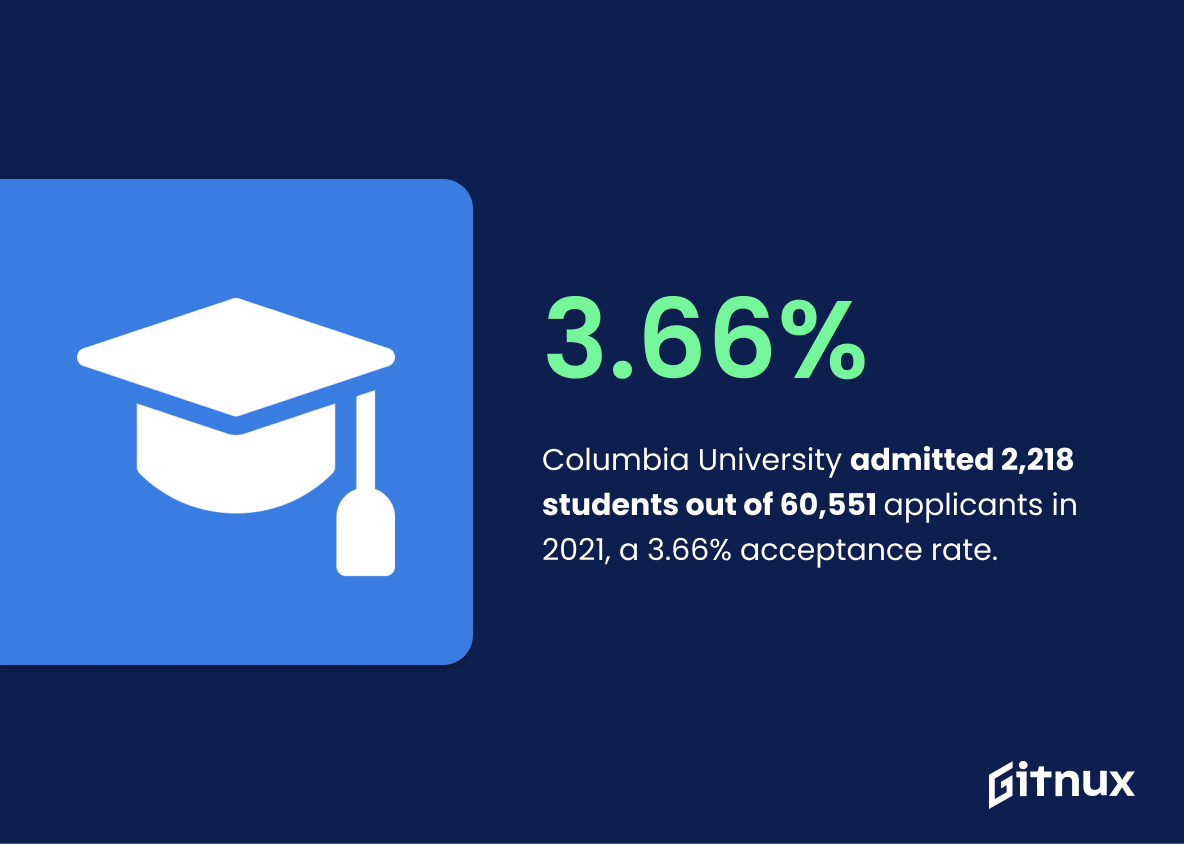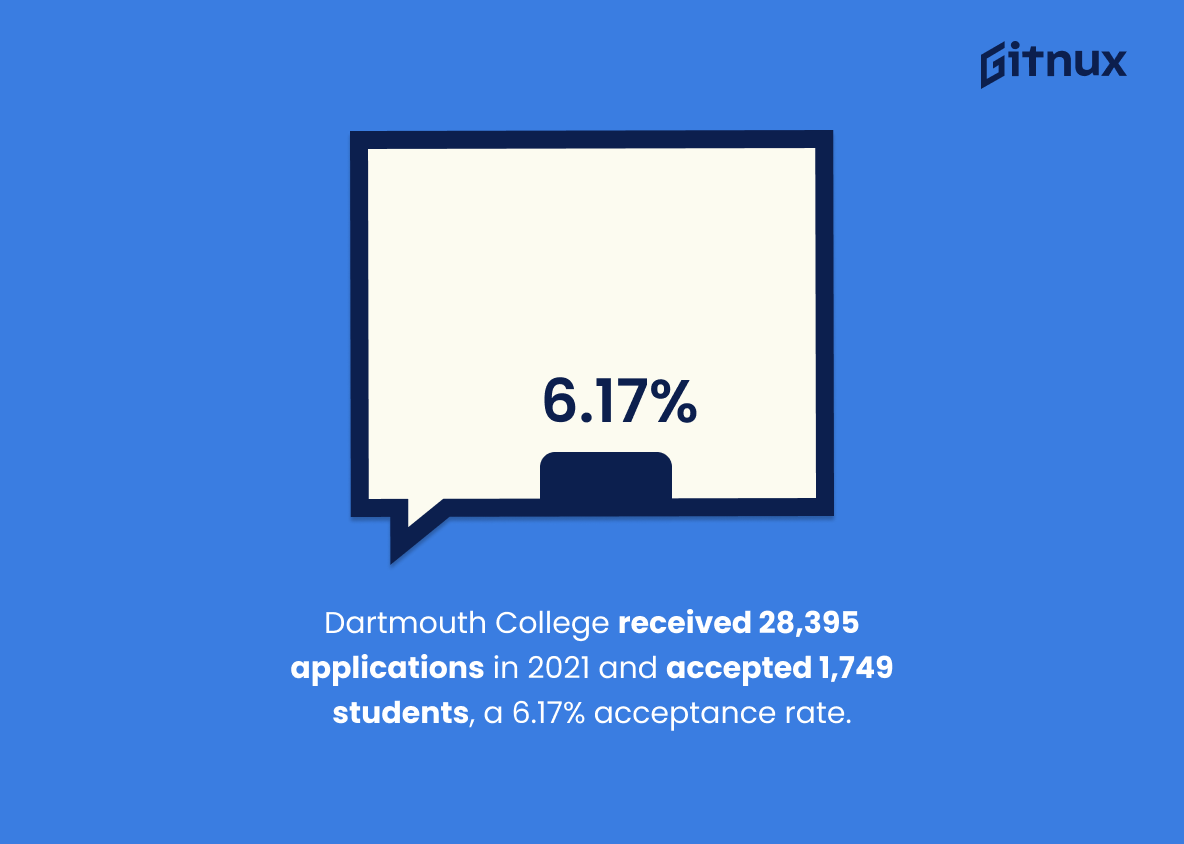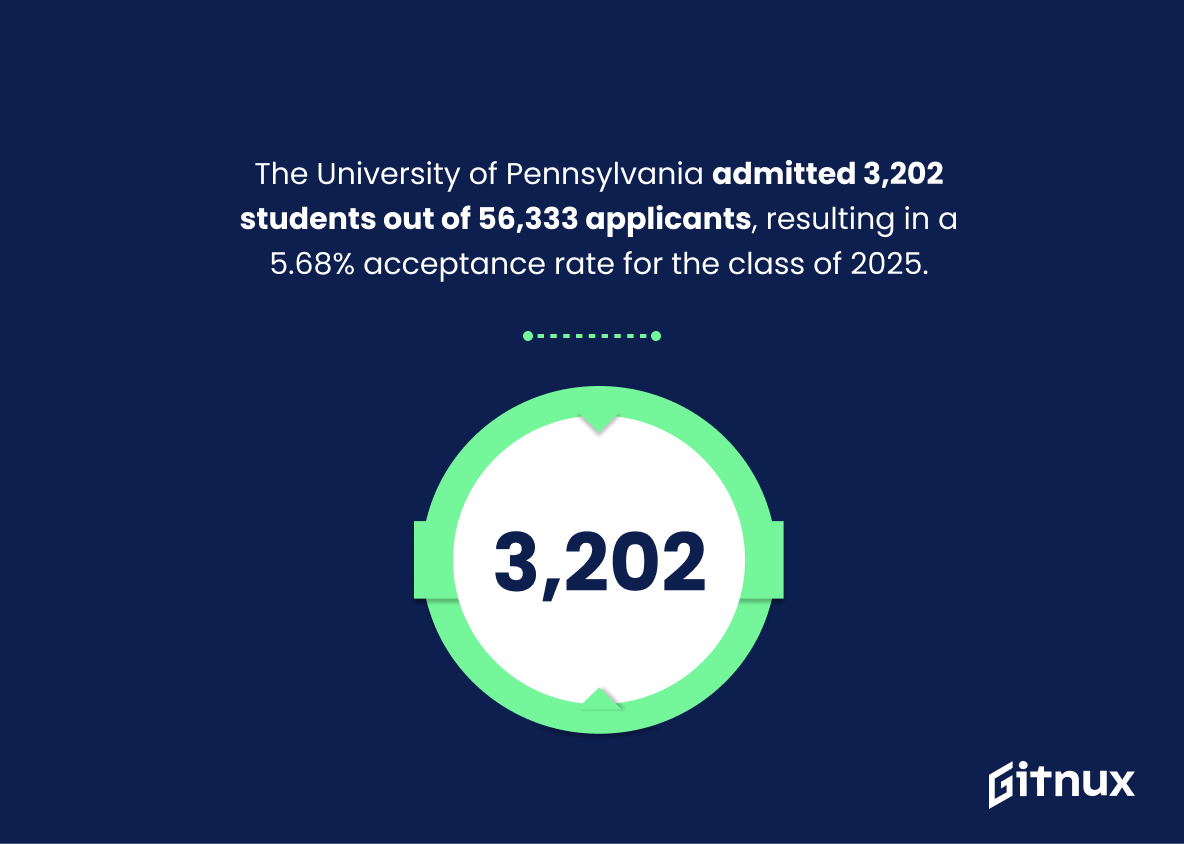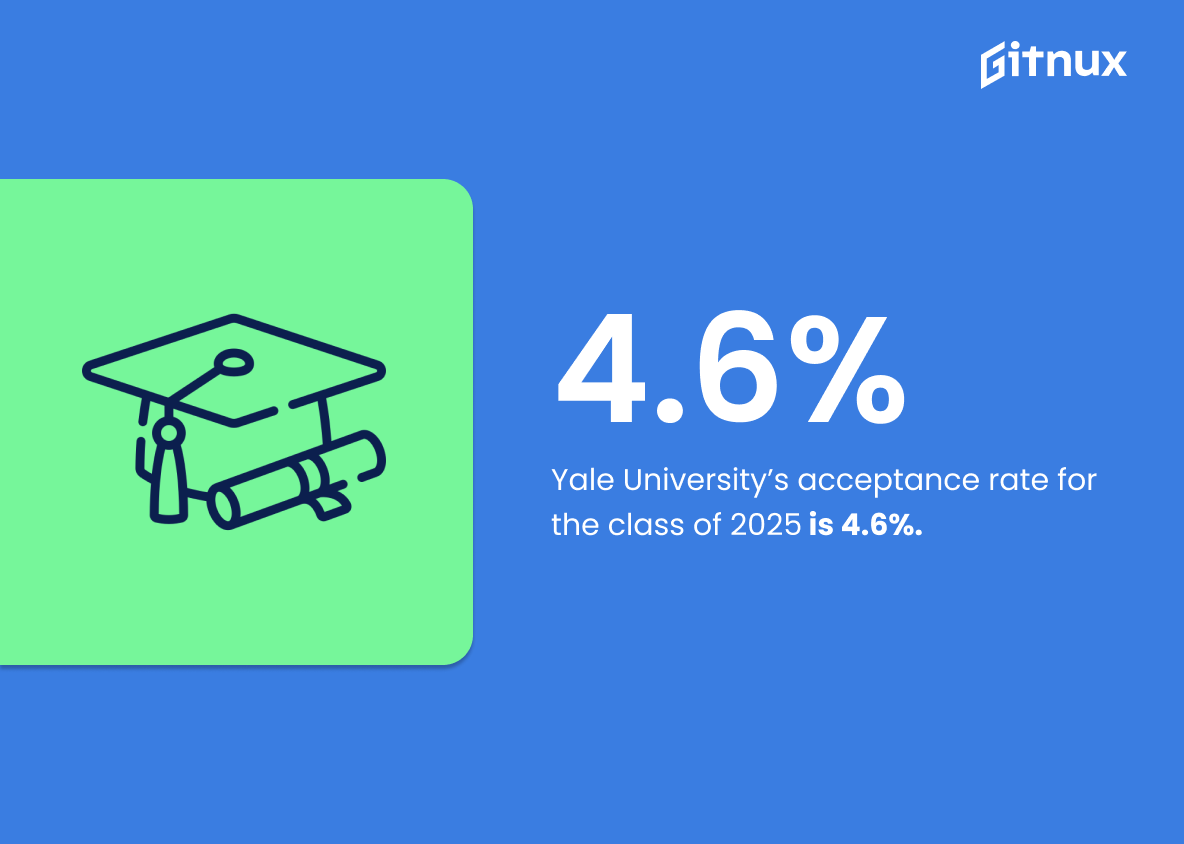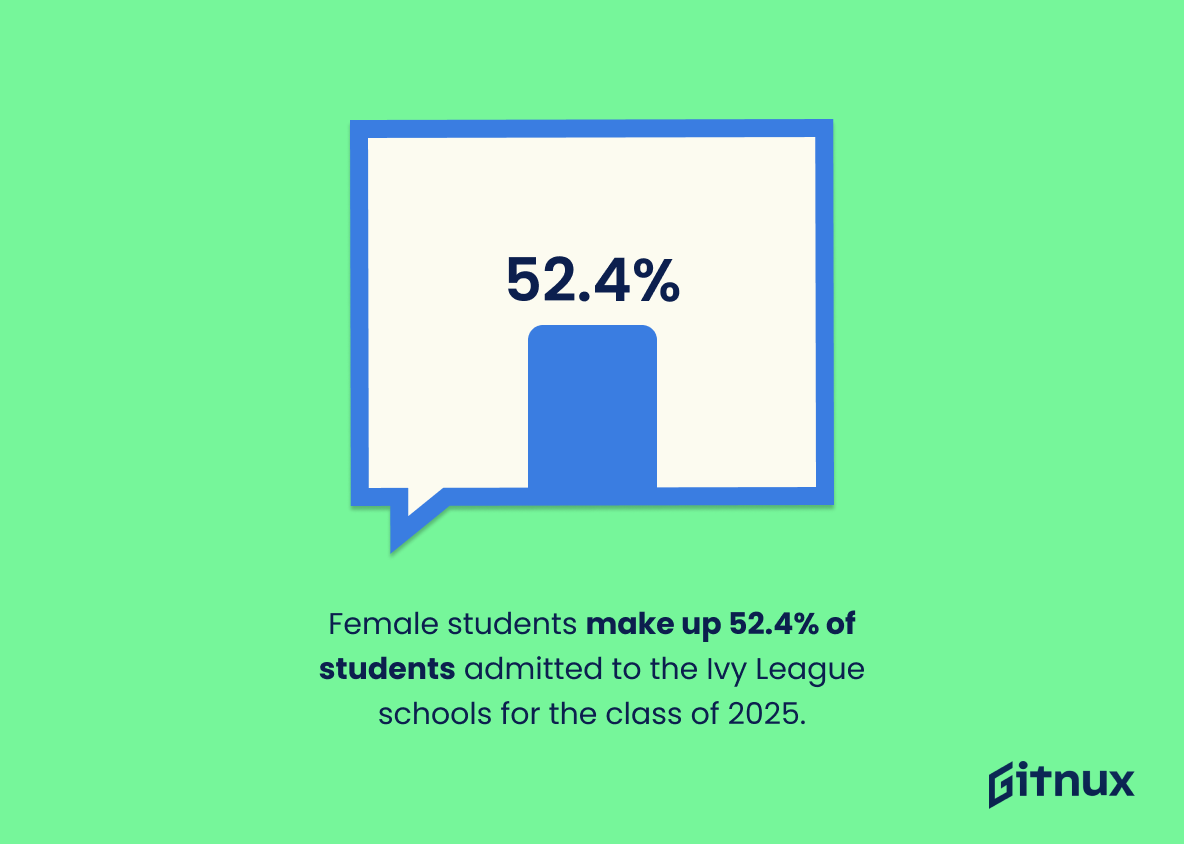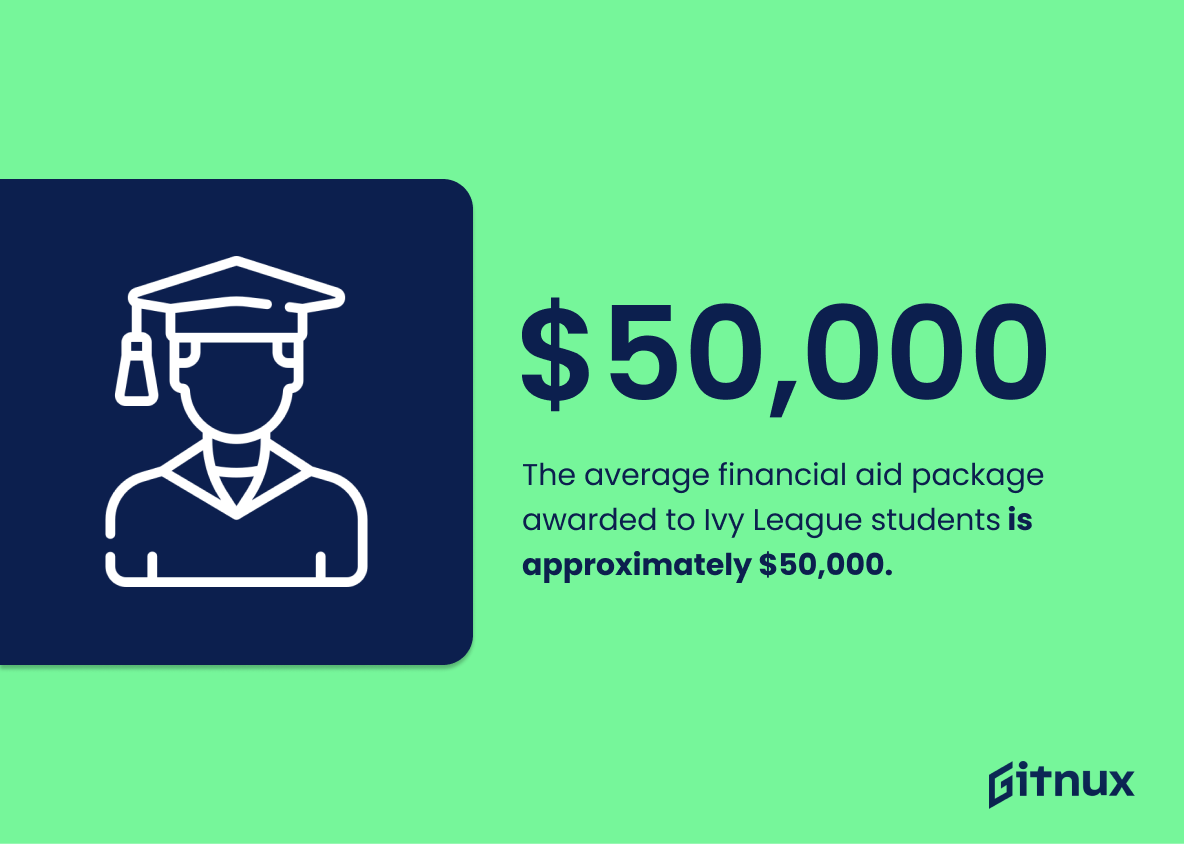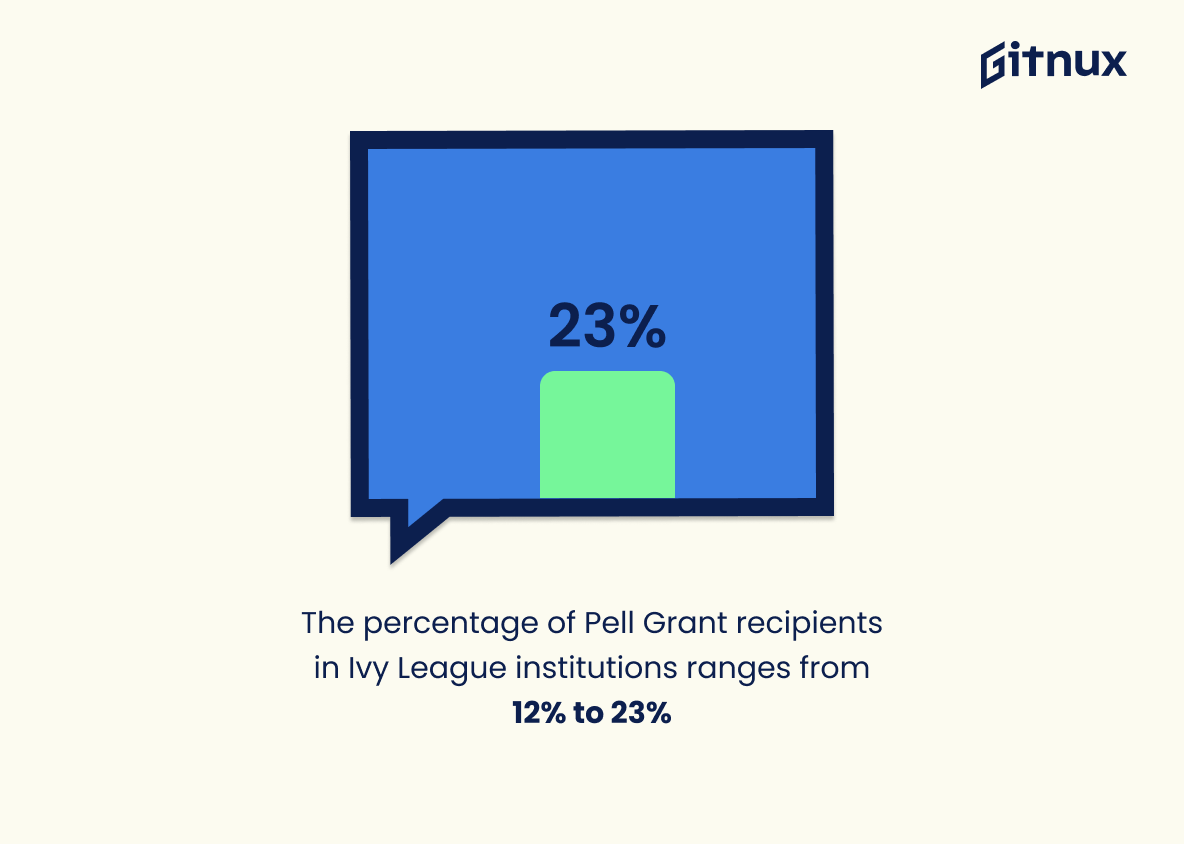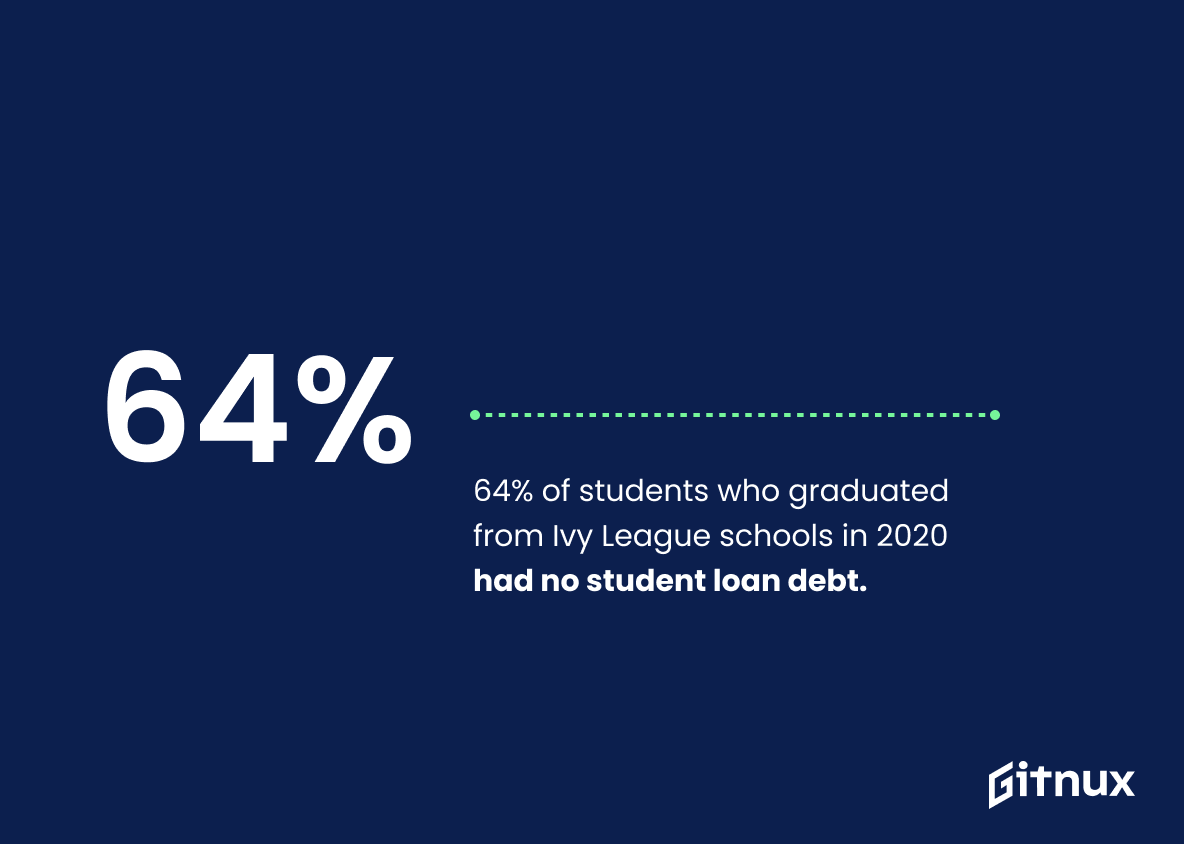The Ivy League is one of the most prestigious and selective college systems in the world. With an acceptance rate below 14% for all eight institutions, it’s no wonder that only about 0.4% of undergraduate students in the United States attend these schools. Brown University had a 5.4% acceptance rate for its class of 2025, while Columbia University accepted 3.66%. Cornell admitted 8.8%, Dartmouth 6.17%, Harvard 3.4%, and Yale 4
This statistic is a testament to the sheer difficulty of gaining admission to an Ivy League institution. With an acceptance rate of below 14%, it is clear that the competition for a spot in the class of 2025 is fierce. It is a reminder that those who are accepted into an Ivy League school have achieved something truly remarkable.
Only about 0.4% of undergraduate students in the United States attend Ivy League schools.
This statistic serves as a stark reminder of the exclusivity of Ivy League schools. With such a small percentage of undergraduate students attending these prestigious institutions, it is clear that admission is highly competitive and difficult to obtain.
Ivy League Admissions Statistics Overview
Columbia University admitted 2,218 students out of 60,551 applicants in 2021, a 3.66% acceptance rate.
This statistic is a testament to the difficulty of gaining admission to Columbia University. With only a 3.66% acceptance rate, it is clear that the competition for admission to this Ivy League school is fierce. This statistic serves as a reminder of the importance of putting forth one’s best effort when applying to such a prestigious institution.
Dartmouth College received 28,395 applications in 2021 and accepted 1,749 students, a 6.17% acceptance rate.
This statistic is a testament to the competitive nature of Ivy League admissions. With only 6.17% of applicants accepted to Dartmouth College, it is clear that the admissions process is highly selective and that only the most qualified students are accepted. This statistic serves as a reminder of the importance of putting in the effort to make a strong application and stand out from the crowd.
Harvard University’s acceptance rate for the class of 2025 is 3.4%.
The fact that Harvard University’s acceptance rate for the class of 2025 is 3.4% is a testament to the school’s rigorous admissions process. It is a clear indication that the Ivy League institution is highly selective and that only the most qualified applicants will be accepted. This statistic serves as a reminder that those who wish to attend Harvard must be prepared to put in the hard work and dedication necessary to stand out from the competition.
46.9% of Princeton University’s class of 2025 are students of color.
This statistic is a testament to the progress Princeton University has made in diversifying its student body. It shows that the university is actively working to create a more inclusive and equitable environment for all students, regardless of their background. This is an important step in creating a more equitable and diverse higher education system, and it is encouraging to see that Princeton is leading the way.
The University of Pennsylvania admitted 3,202 students out of 56,333 applicants, resulting in a 5.68% acceptance rate for the class of 2025.
This statistic is a testament to the competitive nature of admissions to the University of Pennsylvania. With a 5.68% acceptance rate, it is clear that the university is highly selective and that only a small fraction of applicants are accepted. This statistic serves as a reminder of the importance of putting forth one’s best effort when applying to an Ivy League school.
Yale University’s acceptance rate for the class of 2025 is 4.6%.
The fact that Yale University’s acceptance rate for the class of 2025 is 4.6% is a testament to the school’s rigorous admissions process. It is a clear indication that the university is highly selective and that only the most qualified applicants are accepted. This statistic is a valuable insight for anyone considering applying to an Ivy League school, as it provides a realistic expectation of the chances of being accepted.
Female students make up 52.4% of students admitted to the Ivy League schools for the class of 2025.
This statistic is a powerful indicator of the progress being made in the realm of gender equality in higher education. It demonstrates that the Ivy League schools are taking steps to ensure that their admissions process is fair and equitable for all genders. This is an important step in the right direction, and it is encouraging to see that the Ivy League is taking steps to ensure that their admissions process is reflective of the diversity of the student body.
The average SAT score for students admitted to Ivy League schools ranges from 1420-1550.
This statistic is a key indicator of the level of academic excellence expected of students who wish to attend Ivy League schools. It serves as a benchmark for prospective applicants, providing a clear understanding of the level of academic achievement necessary to be considered for admission. Furthermore, it provides a glimpse into the competitive nature of Ivy League admissions, as the average SAT score for accepted students is significantly higher than the national average.
Athletic recruits composed approximately 12% of Ivy League admits for the class of 2024.
This statistic is significant in the context of Ivy League Admissions Statistics because it demonstrates the importance of athletic ability in the admissions process. It shows that even among the most competitive universities in the world, athletic prowess can be a deciding factor in whether or not a student is accepted. This statistic is a reminder that even in the most elite academic institutions, athletic ability can be a major factor in the admissions process.
International students make up roughly 14% of undergraduates across Ivy League institutions.
This statistic is indicative of the diversity of the student body at Ivy League institutions. It shows that these universities are open to students from all over the world, and that they are committed to providing an education to students from a variety of backgrounds. This is an important factor to consider when looking at the admissions process of these universities, as it demonstrates their commitment to providing an equitable and inclusive learning environment.
Legacy admits make up about 14% to 25% of each incoming class at some Ivy League schools.
This statistic is significant in the context of Ivy League Admissions Statistics because it highlights the importance of legacy admissions in the admissions process. Legacy admits are students who have a parent or grandparent who attended the same school, and they are often given preferential treatment in the admissions process. This statistic shows that legacy admits make up a significant portion of each incoming class, which demonstrates the influence that legacy admissions have on the admissions process.
The average financial aid package awarded to Ivy League students is approximately $50,000.
This statistic is a telling indication of the financial burden that Ivy League students face. It highlights the fact that, despite the prestige associated with attending an Ivy League school, the cost of attendance can be a major obstacle for many students. This statistic is a reminder that, while Ivy League schools may be the pinnacle of higher education, they are not necessarily accessible to everyone.
The percentage of Pell Grant recipients in Ivy League institutions ranges from 12% to 23%.
This statistic is a telling indication of the accessibility of Ivy League institutions to students from lower-income backgrounds. It highlights the importance of financial aid programs like the Pell Grant in providing opportunities for students who may not otherwise be able to afford the cost of attending an Ivy League school. It also serves as a reminder that, while Ivy League institutions may be seen as exclusive, they are still open to students from all backgrounds.
64% of students who graduated from Ivy League schools in 2020 had no student loan debt.
This statistic is a testament to the financial success that Ivy League schools can bring to their students. It shows that the majority of students who graduated from Ivy League schools in 2020 were able to do so without having to take on the burden of student loan debt. This is a powerful indicator of the quality of education and resources that Ivy League schools provide, and it is an important factor to consider when evaluating the admissions process.
Conclusion
The statistics presented in this blog post demonstrate the immense competition and selectivity of Ivy League admissions. With an overall acceptance rate below 14%, it is clear that only a small fraction of applicants are accepted into these prestigious institutions each year. Furthermore, many students admitted to Ivy League schools come from diverse backgrounds, including first-generation college students, female students, international students and legacy admits. Additionally, most Ivy Leaguers graduate with little or no student loan debt due to generous financial aid packages offered by their respective universities. Ultimately, these facts illustrate why admission into an Ivy League school is so highly sought after – not just for its academic excellence but also for its commitment to providing access and opportunity to all types of learners regardless of background or economic status.
References
0. – https://www.ivywise.com
1. – https://www.ivyleagueprep.com
2. – https://www.blog.prepscholar.com
3. – https://www.magoosh.com
4. – https://www.thecrimson.com
5. – https://www.businessinsider.com
6. – https://www.thedp.com
7. – https://www.savingforcollege.com
8. – https://www.princeton.edu
9. – https://www.admissions.yale.edu
10. – https://www.harvard.edu
11. – https://www.en.wikipedia.org
12. – https://www.home.dartmouth.edu
13. – https://www.undergrad.admissions.columbia.edu
